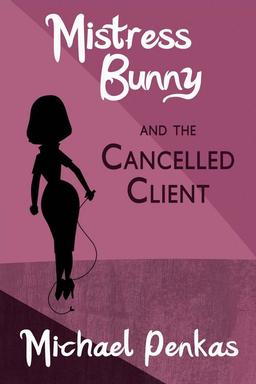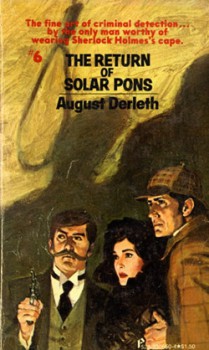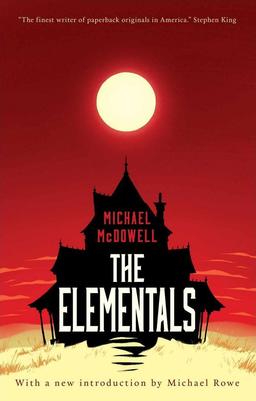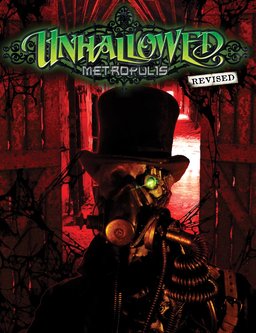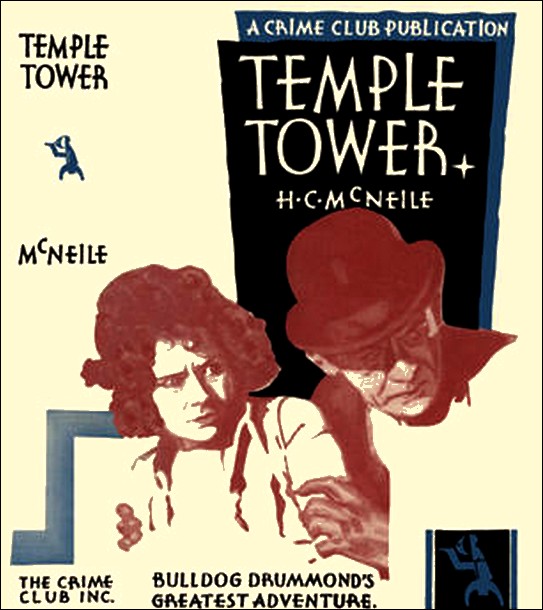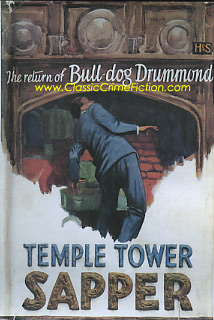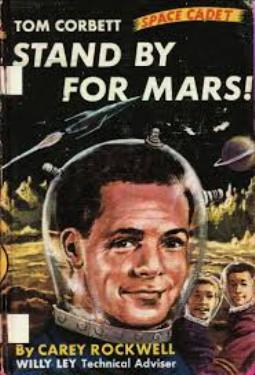Epic Pets
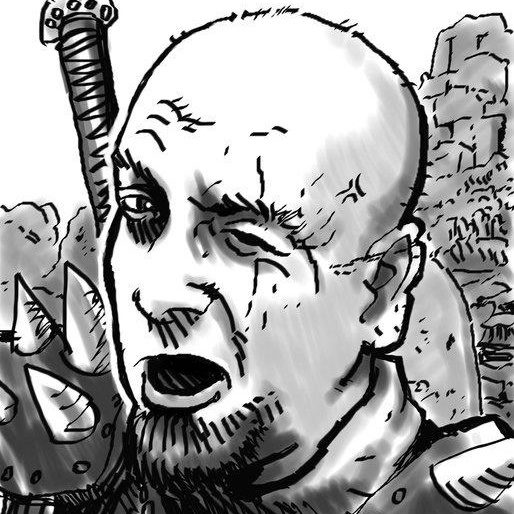 Today I’m turning over the Black Gate rostrum to the talented Kenny Soward! Take it away, Kenny!
Today I’m turning over the Black Gate rostrum to the talented Kenny Soward! Take it away, Kenny!
We all have our favorite pets, those whose personalities outshined the others. Or maybe they were all awesome. Ever think about making them into one of your characters? I did – albeit unawares – magically turning an old Persian kitty into a gnomish wizard.
You see, when I was younger and just getting into epic fantasy, my pets weren’t just friends to me. They were my battle companions, my protectors, and my fondest allies as I dreamed of becoming an epic, sword-wielding warrior, probably at the same time comic book nerds were dreaming of being Superman, Wonder Woman, or Batman. I used to dream about my pets growing to magnificent sizes where I could saddle them up and ride off to battle. My first epic mount was a German Shepherd named Rommel. While I never actually climbed aboard him – I wasn’t dumb enough to risk an annoyed nip from my beast – I thought about it all the time.
Some of the first stories I ever wrote featured me riding Rommel into a bloody fray, his teeth gnashing and crunching through enemy armor while I wagged my sword above my head and shouted a battle cry. And then, I’d sweep down with my sword and … wait … I’m writing an article here, not a story!
